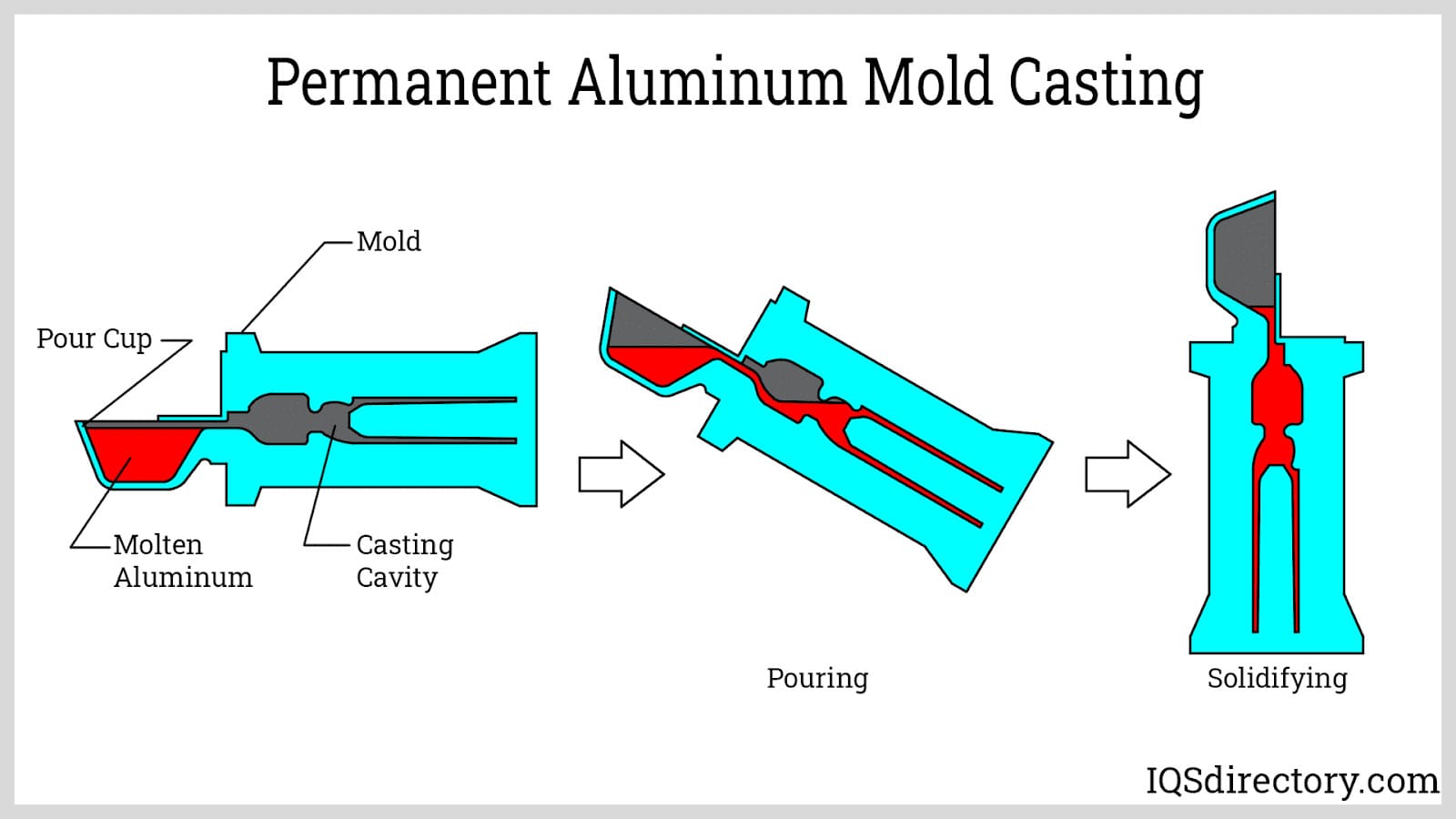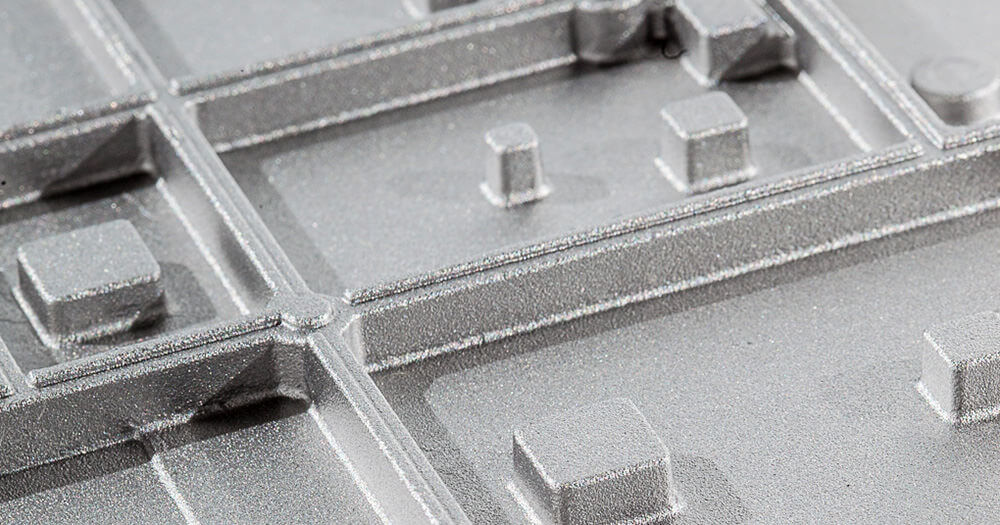The 10-Minute Rule for Stahl Specialty Company
The 10-Minute Rule for Stahl Specialty Company
Blog Article
Some Known Incorrect Statements About Stahl Specialty Company
Table of Contents5 Easy Facts About Stahl Specialty Company DescribedSome Of Stahl Specialty CompanyThe Best Guide To Stahl Specialty CompanyThe Of Stahl Specialty CompanyThe 6-Second Trick For Stahl Specialty CompanyThe Stahl Specialty Company PDFs

If you're creating a metal product, you've likely considered using light weight aluminum as the base product. Pure light weight aluminum has restricted applications, so it is usually integrated with other aspects, such as silicon, magnesium, and manganese to develop alloys.
Different aspects and amounts create a vast selection of preferable physical and chemical residential or commercial properties. And the Light weight aluminum Organization (AA), based in North America, has actually produced specifications that regulate aluminum alloys' structure, properties, and classification. There are 2 sorts of aluminum alloys wrought and cast. Factory employees form these alloy key ins various means, which dramatically impacts their qualities.
Unknown Facts About Stahl Specialty Company
Cast light weight aluminum alloys are made by thawing pure light weight aluminum and integrating it with other metals while in fluid form. Then the mix is poured right into a sand, pass away, or financial investment mold. After solidification, the steel is gotten rid of from its mold and mildew. At this stage, it is in either its final kind or as a billet or ingot for additional processing.

For instance, 160.0 represents a cast with a minimum of 99.60% aluminum. The fourth figure, which comes after the decimal point, specifies if the alloy is a spreading (xxx. 0) or an ingot (xxx. 1). Wrought aluminum alloys also start by combining liquified light weight aluminum with other steels. As opposed to cast alloys, however, they are formed into their last form with procedures such as extrusion, rolling, and bending after the steel has solidified right into billets or ingots.
There are many minor distinctions between functioned and cast light weight aluminum alloys, such as that actors alloys can contain more considerable quantities of other steels than wrought alloys. Yet the most significant distinction between these alloys is the fabrication process whereby they will go to deliver the end product. Other than some surface therapies, cast alloys will exit their mold in nearly the specific strong type desired, whereas wrought alloys will certainly undertake a number of alterations while in their strong state.
If you assume that a wrought alloy might be the very best for your job, have a look at some of our posts that discuss even more regarding details functioned alloys, such as Alloy 6061 and Alloy 6063. On the other hand, if you think a cast alloy would be better for you, you can discover more about some actors alloys in our Alloy 380 and Alloy 383 posts (coming soon).
Facts About Stahl Specialty Company Revealed
When picking an aluminum factory for your production needs, it's important to study a number of variables. Among one of the most important facets to take into consideration is the experience and capability of the shop. Casting Foundry. Selecting a factory that has the best understanding of the aluminum casting process, and the profile to show for it, helps to have an effective outcome for your project
Having the experience and industry understanding to engineer your castings for optimal production and quality outcomes will simplify the task. Making aluminum spreading calls for a facility collection of processes to attain the best results. When picking a brand-new light weight aluminum foundry to partner with, guarantee they have extensive market experience and are experienced concerning all elements of the light weight aluminum casting process: layout, production, product analysis, and item testing.
The factory must also have a tested record of supplying phenomenal items that satisfy or go beyond client assumptions. Quality assurance ought to also be at the top of your list when choosing a light weight aluminum factory. By dealing with a qualified shop that follows the requirements for top quality control, you can safeguard the honesty of your item and ensure it fulfills why not try here your specs.
By selecting a company that offers solutions that satisfy or exceed your item requirements, you can be sure that your project will be completed with miraculous precision and efficiency. Certain light weight aluminum foundries focus on details sorts of producing procedures or casting techniques. Various parts need different production techniques to cast light weight aluminum, such as sand casting or pass away spreading.
The Definitive Guide to Stahl Specialty Company
Pass away spreading is the name given to the process of creating intricate metal elements with use mold and mildews of the element, additionally referred to as passes away. The process utilizes non-ferrous steels which do not include iron, such as aluminum, zinc and magnesium, due to the desirable residential or commercial properties of the metals such as reduced weight, higher conductivity, non-magnetic conductivity and resistance to rust.
Die spreading production is fast, making high manufacturing degrees of elements simple. It generates even more components than any other process, with a high level of precision and repeatability. To learn even more regarding die spreading and die casting materials used at the same time, read on. There are 3 sub-processes that drop under the group of die spreading: gravity pass away casting (or long-term mold and mildew casting), low-pressure die spreading and high-pressure die spreading.
No matter of the sub-process, the die spreading process can be broken down right into 6 steps. After the purity of the alloy is tested, passes away are produced. To prepare the passes away for casting, it is necessary that the passes away are tidy, so that no residue from previous manufacturings stay. After cleansing, the ejection lubrication is put on the die to make certain a smooth launch.
The Ultimate Guide To Stahl Specialty Company
The pure metal, additionally referred to as ingot, is contributed to the heater and maintained the molten temperature level of the steel, which is then transferred to the injection chamber and infused right into the die. The stress is after that maintained as the metal strengthens. As soon as the metal strengthens, the cooling process starts.
(http://prsync.com/stahlspecialtycompany/)
The thicker the wall surface of the component, the longer the cooling time due to the fact that of the amount of interior steel that likewise requires to cool. After the part is completely cooled down, the die cuts in half open and an ejection system pushes the element out. Complying with the ejection, the die is closed for the next shot cycle.
The flash is the added material that is cast throughout the procedure. This need to be cut off using a trim tool to leave just the main element. Deburring gets rid of the smaller sized pieces, called burrs, after the trimming process. The component is brightened, or burnished, to provide it a smooth coating.
The Main Principles Of Stahl Specialty Company

Zinc is just one of one of the most secondhand alloys for die casting due to its lower expense of basic materials. It's also one of the more powerful and stable steels. And also, it has exceptional electric and thermal conductivity. Its deterioration resistance also enables the parts to be durable, and it is one of the more castable alloys because of its reduced melting factor - Foundries in Missouri.
As discussed, this alloy is one of one of the most frequently utilized, yet manufactures will, sometimes, pick light weight aluminum over zinc as a result of aluminum's manufacturing advantages. Light weight aluminum is highly economical and one of the more versatile alloys. Light weight aluminum is made use of for a variety of various products and sectors anything from home window structures to aerospace materials.
Report this page